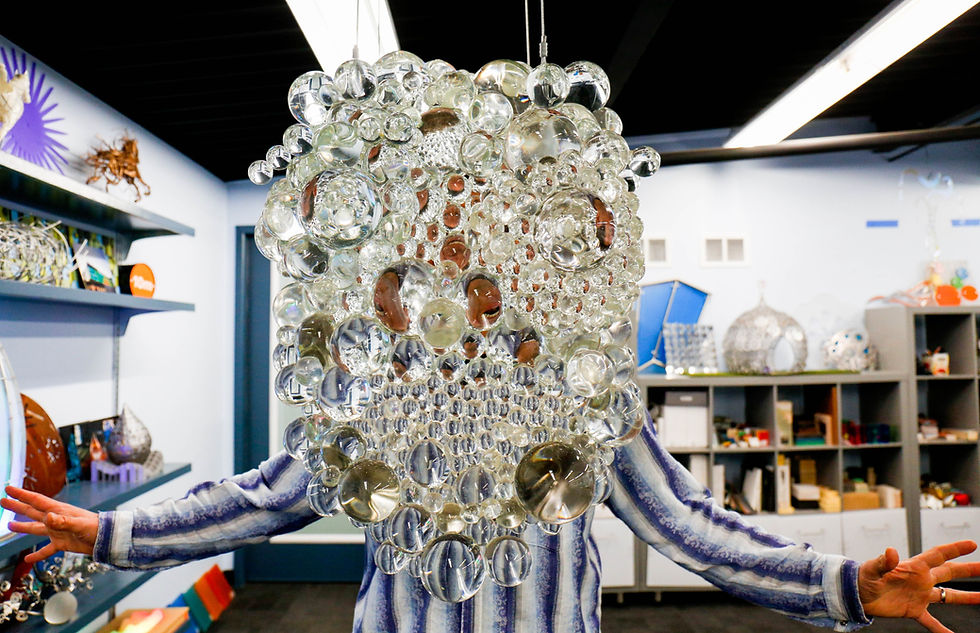Art for the Fifth Space
- Sep 14, 2021
- 3 min read
Updated: Jan 12, 2023
PART l OF THE FIFTH SPACE SERIES —
Art exists mainly in four spaces:
In our homes
At work
Public places
Virtual spaces
In the last few years I’ve been thinking about, experimenting with, and designing art specifically for the semi-wild areas that are located an hour or more outside cities, what I call the fifth space.

Our cities keep growing, rural areas are emptying, and wolves have returned to parts of Europe and the North American west. Sixty percent of the world population now lives in urban environments and that number is increasing. That’s a good thing for the planet. But as people pack into cities, I believe we need to re-discover something we’ve suspected for a long time; humans crave experiences in natural, remote areas. The areas an hour or more outside our urban spaces will show their value as spaces for regeneration and grounding in nature, and as environments where we continue figuring out what it means to be human – the fifth space is where we became human hundreds of thousands of years ago.
As urbanites, we spend most of our time in city spaces. Urban planners analyze the spaces where we spend our lives and talk about the first space, the second space and so on. The first space is home (where we live), the second space is work (where we spend most of our waking hours), and the third space is the public arena (the pub, coffee shop or public plaza). Recently we’ve more fully developed a fourth space in online worlds. We spend most of our lives circulating among these four spaces. I see yet another space: that of the semi-wild natural areas outside cities that I call the fifth space.
I’ve made art all my life but most of my formative years were spent studying history, anthropology, philosophy and literature – and spending long stretches of time outdoors. So now when I create, I think back to the first art that humans made and what paleoanthropology tells us about the long path we took to becoming human.
Agriculture and recorded history spans just a few hundred generations, the scientific revolution occurred just 20 generations ago, and the internet is just one generation old. As we face intractable problems with social systems and our relationship with nature, I think we need to look back even further in time to those missing thousands of generations recorded only in our DNA, shards of physical culture and the archaeological record.
What’s most interesting to me as an artist is that if we go back in time to the very edge where opaque prehistory gives way to the earliest recorded history, we find art.

We find drawings and sculptures and masks that merge animal and human features. In particular, the sculptures and drawings of megafauna are among the oldest artworks we know of.



We find music all over the world as far back as we can see. The roots of music can be found in the pitch relations of some of the musical scales that have been passed down in world music and to which attention has returned in the 21st century. We also realize that the experience of very low frequencies such as thunder, hoofbeats, vast flocks of birds and strong winds was a part of our lives that has been filtered out by our built environment.

The sculptural experiences I am developing are built around these earliest art forms and address core human capacities: keen eyesight and color perception, spatial thinking, working in small groups, perception of pitch and the general ability to see oneself as part of much larger systems.
By Joseph O'Connell




Comments